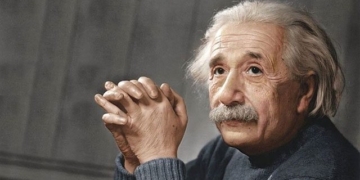Mummy Parties, Fern Collecting, Walking Obsessions, and Hiring Garden Hermits: Top Entertainment Trends of the 18th and 19th Centuries
As society continuously evolves with the rapid advancements in science and technology, new trends and fads emerge around the world, changing by the second, minute, and day, sometimes leaving us struggling to keep up. Today’s youth have a plethora of entertainment options ranging from extreme sports to backpacking and driving.
However, have you ever wondered how people entertained themselves a few hundred years ago? The following article will provide you with the most satisfying answers.
1. Mummy Parties
During the Victorian Era (1837 – 1901), the middle class in England had a particular fondness for parties, especially “mummy parties.”
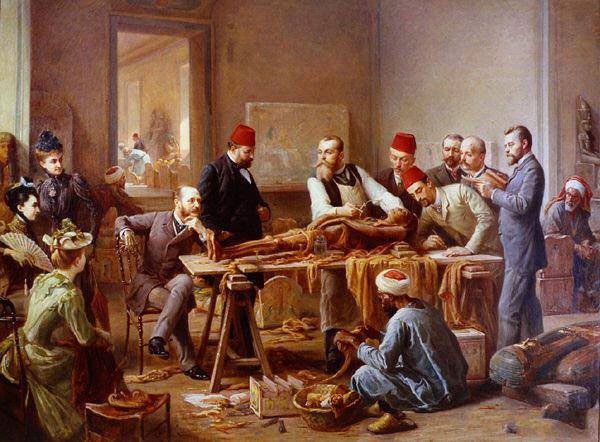
This entertainment trend originated from the archaeological achievements of the foggy land of England. In the 19th century, the British were continuously exploring ancient Egyptian ruins and successfully excavating mummies. A notable example is Howard Carter (1874 – 1939), who discovered the famous mummy of King Tut.
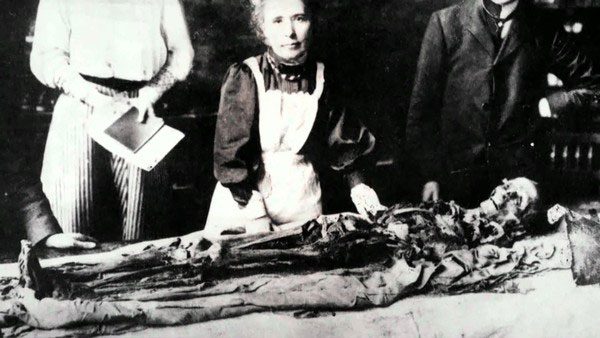
At that time, the British brought home discovered mummies as souvenirs. People became obsessed with mummies.
During these parties, decorations and costumes were inspired by Pharaoh’s tombs. Mummies were even purchased for display to join the hosts in enjoying the festivities.
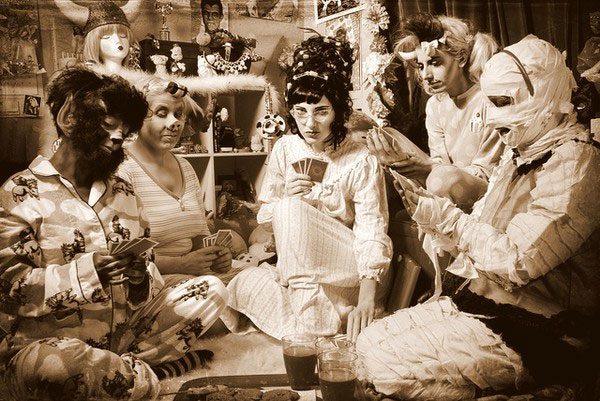
This trend became so widespread that locals even devised ways to take the corpses of criminals, wrap them up to pretend they were mummies of Pharaoh’s relatives, and sell them. It wasn’t until many rumors of curses began to emerge that the British started to abandon this bizarre party trend.
2. Hiring Garden Hermits for “Scenery”
In the early 18th century, hiring hermits to oversee gardens became a popular trend among the European aristocracy, especially the English.
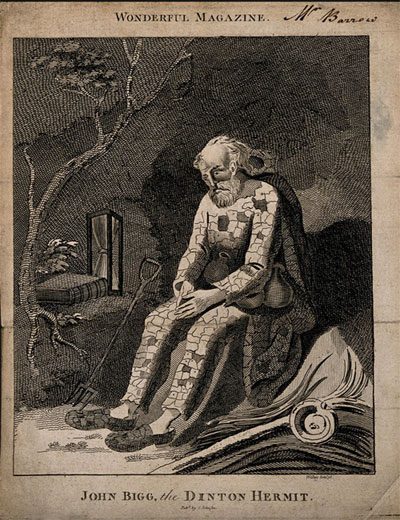
Portrait of a Garden Hermit of that time
This trend stemmed from a shift in literary tastes during that period when the upper class began to favor authentic values and the rustic beauty of nature. As a result, well-off families hired a garden hermit and had them dress like a hermit to serve as “scenery.”
A garden hermit’s house
These garden hermits had to live almost in seclusion in a hut in the garden for several years. Daily, while taking care of the garden, they were not allowed to maintain proper hygiene (not even cutting their hair or nails). When guests visited, these hermits would come out for them to admire and marvel.

Despite the hardships, the handsome pay made many people eager to become “hermits.” Their earnings were approximately 600 British pounds at that time (equivalent to 180,000 USD or 3.78 billion VND at current exchange rates).
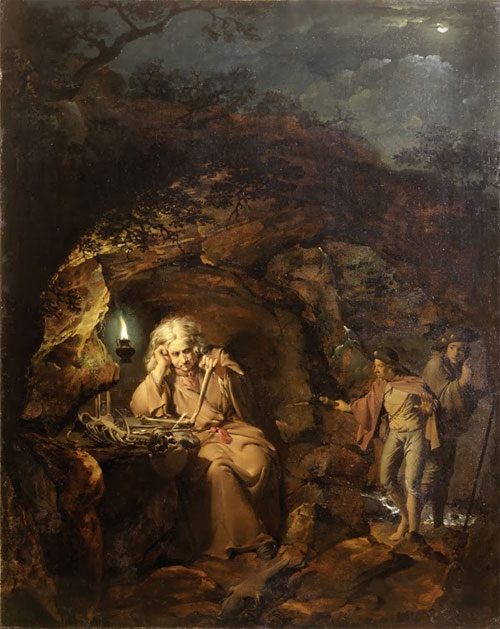
3. Fern Collecting
One of the craziest entertainment trends of the 18th century was fern collecting.

It all began when Dr. Nathaniel Bagshaw Ward (1791 – 1868) invented a device that could help exotic plants survive in the foggy climate of England.
Subsequently, his assistant quickly spread a false rumor that collecting ferns demonstrated intelligence and improved… the size of “the male member.” In the 18th century, no one seemed to question these claims.
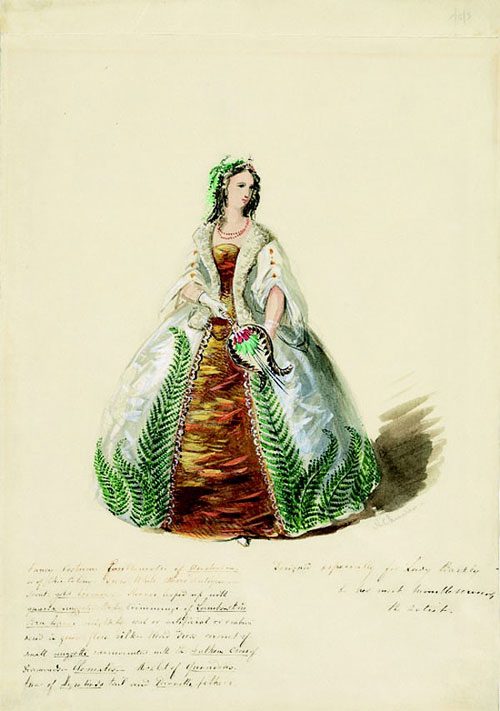
Even designer dresses had fern patterns
Before long, these rumors spread quickly, making ferns the fashionable plant of the time, particularly wild ferns.
Many began to rush to hunt and collect new fern species to “keep up with friends.” Many stories recount that people of that era were so “obsessed” with this plant that they were willing to fight or even die for precious ferns.
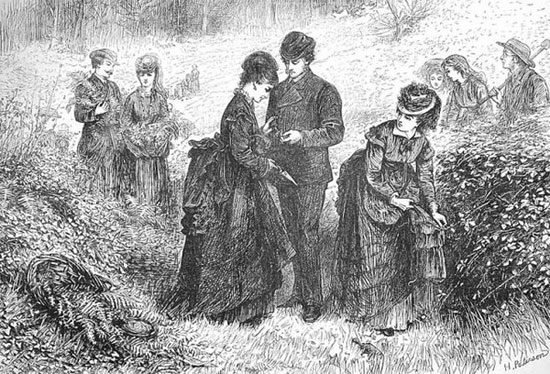
4. Walking as the “King” of Sports
With our modern perspective today, walking competitions seem merely a part of athletics. However, throughout the 19th century, walking was the most popular sport in America.
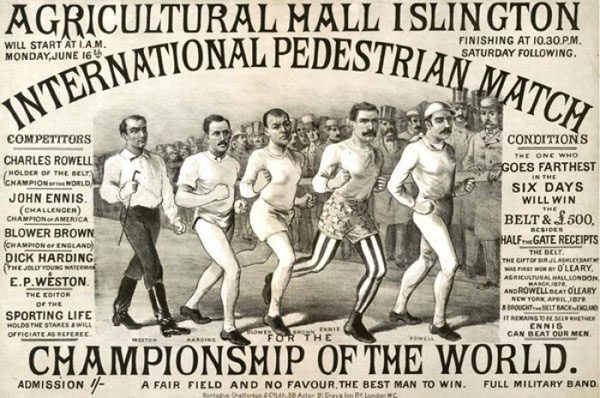
People of that time were willing to wait in long lines to cheer for walking stars, and history even records major doping scandals surrounding this sporting trend.
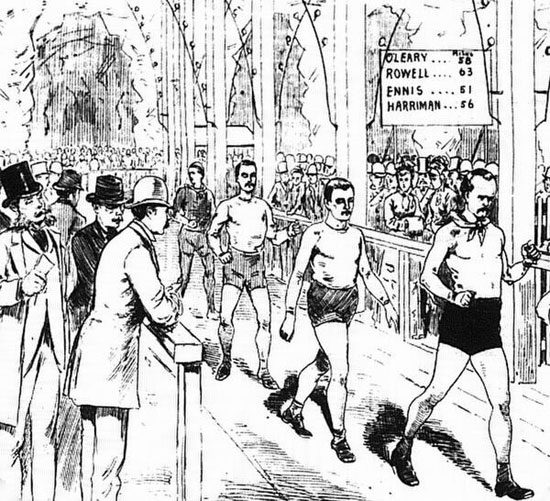
This trend made its way to America thanks to a man named Edward Payson Weston. In 1860, Weston bet a friend that he would walk from Boston to Washington if Abraham Lincoln won the election.
When Lincoln indeed won, he kept his promise. Many people flocked to the streets to witness Weston undertake this journey.
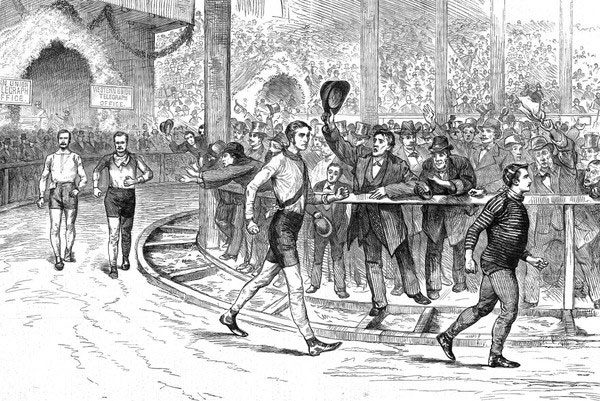
This incident inadvertently made Weston the first superstar in the sport of walking. Subsequently, walking competitions were held across the United States, with prizes sometimes reaching 20,000 USD (approximately 420 million VND at current exchange rates). It would not be an exaggeration to say that during that time, walking dominated the thoughts of Americans when it came to sports.
5. Inhaling “Laughing Gas” for Fun
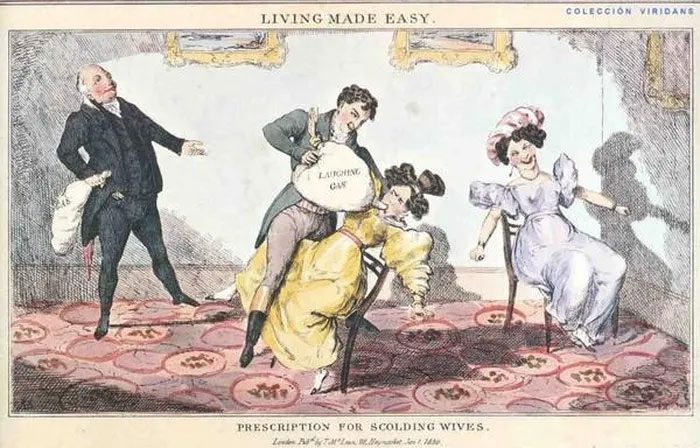
In 1799, a new trend emerged in England. Young individuals with sensitive dispositions were encouraged to inhale nitrous oxide (laughing gas) at parties as a recreational drug. However, this gas is not entirely harmless. Short-term exposure to nitrous oxide can impair neurological function, affect sensory perception, and hinder skills requiring dexterity. Prolonged exposure may lead to vitamin B12 deficiency, paralysis, and even death.


















































